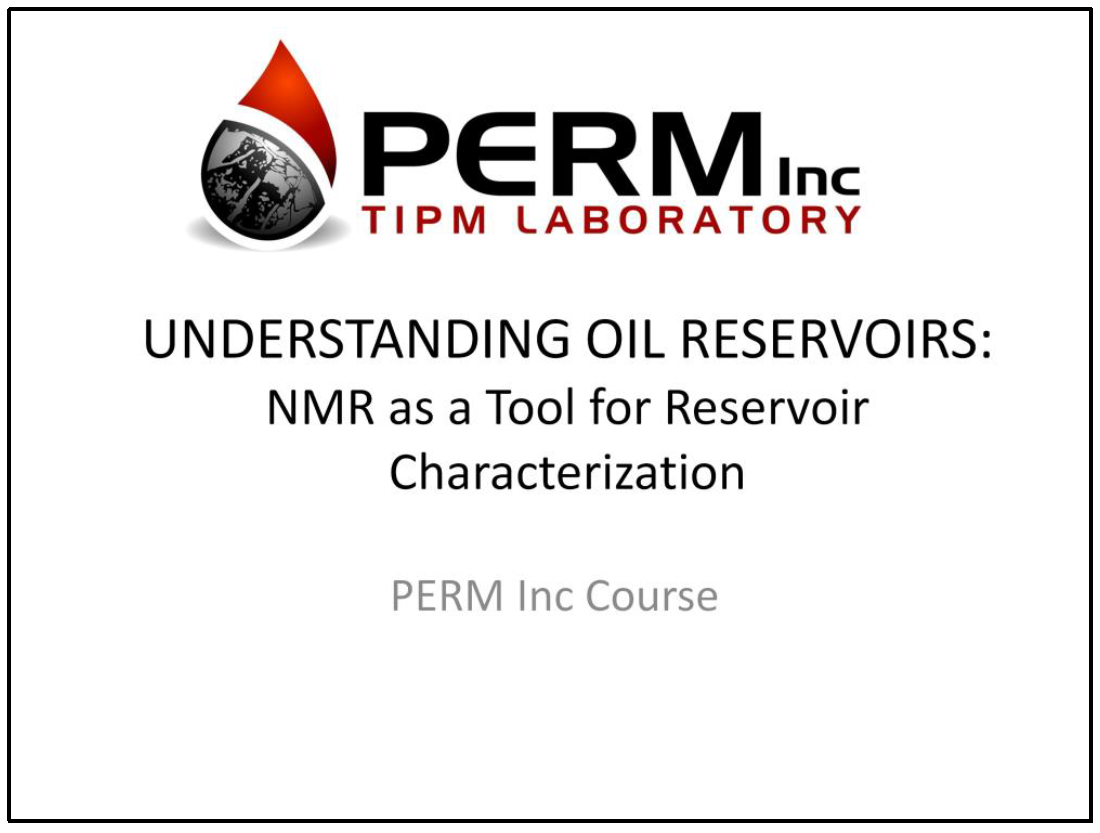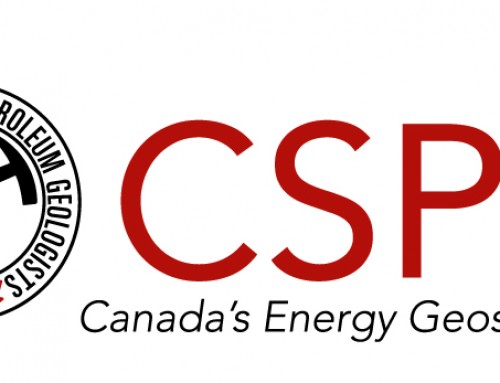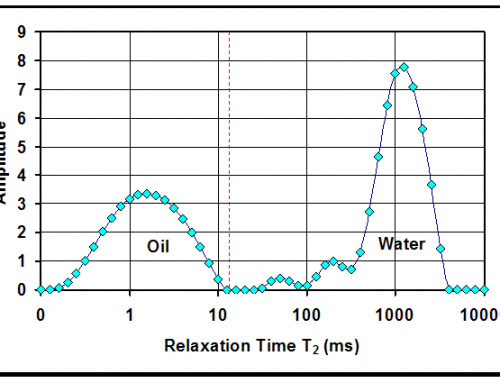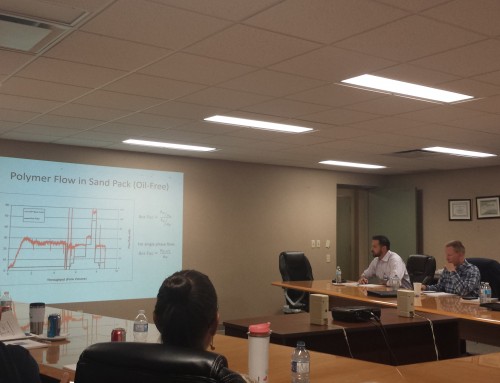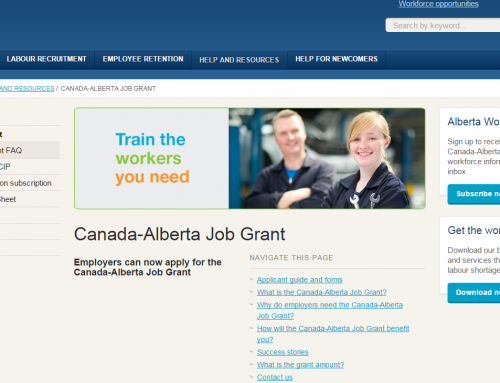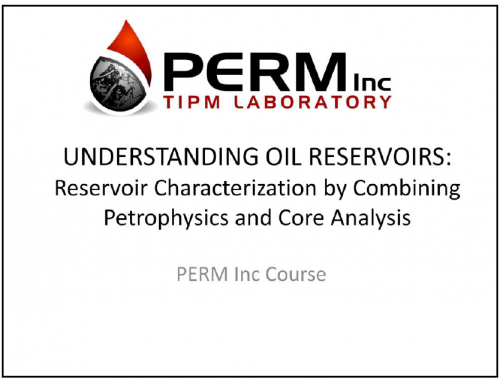(Calgary, AB) – October 14, 2014 – 2-Day Course, Registration Now Open
UNDERSTANDING OIL RESERVOIRS: NMR as a Tool for Reservoir Characterization
A 2-Day Special Course
Presented by Dr. Apostolos Kantzas, Dr. Jonathan Bryan & Dr. Sergey Kryuchkov
Date: November 24 & 25, 2014 – 8:30 AM to 4:00 PM each day (with 1 hour for lunch)
Location: PERM Inc., 3956 29 Street NE, Calgary, AB T1Y 6B6
Price: $1,700 (Meals and refreshments are included along with a digital copy the notes)
Registration: Register HERE or by emailing [email protected] before November 20, 2014. There are a limited number of spaces!
Low field Nuclear Magnetic Resonance (NMR) is a unique petrophysical tool that has been gaining significant exposure as a tool for understanding the properties of petroleum reservoirs. NMR tools and measurements are now commonly available to the Industry, in the form of both bench top (laboratory) and field (logging) applications. NMR tests are non-destructive, and can yield a tremendous wealth of information about both the reservoir and the reservoir fluids, all in a single measurement. This course is designed to provide participants with the necessary tools to understand how NMR works, and how to interpret spectra in different reservoir systems. This is a very practical and pragmatic course, and is very focused on using examples and case studies to demonstrate concepts. The goal of this course is for participants to come away with an understanding of how to interpret NMR spectra on their own.
This course will be taught in the form of lectures with example problems dispersed throughout, which are designed to help course participants to internalize and understand the principles being taught. Participants are encouraged to bring laptop computers with Excel, which will be needed for some of the problems.
DAY 1
Introduction to NMR & review of NMR basics
- Explanation of what NMR measurements are
- NMR theory – explanation of the acquisition parameters and how to identify if NMR tools are using correct parameters for a given reservoir
- T1 vs. T2 relaxation
- Explanation of bulk and surface relaxation and what they mean for reservoir characterization
NMR of bulk fluids
- NMR measurement outputs: amplitude and relaxation time and what they mean
- NMR as a tool for quantifying water and hydrocarbon content in fluid streams
- NMR as a tool for measuring oil viscosity
Measurements of Water & Gas in Porous Media
- Porosity by NMR
- NMR and evaluation of pore size distributions
- T2cutoff analysis: identification of clay bound water (CBW), capillary trapped irreducible water (BVI) and mobile water (BVM)
- NMR as a tool to understand pore connectivity and ease of drainage in porous media
Day 2: Core Analysis Conclusion / Specialty Applications
Review of concepts learned in Day 1
Permeability from NMR Measurements
- Review of permeability – definitions, testing procedures
- NMR models for predicting permeability
- NMR permeability predictions in sandstones vs. carbonates
- Models and methods for potential improvements in NMR permeability predictions
NMR in Conventional Oil Systems
- Review of wettability and capillary pressure
- Direct and indirect core analysis methods for assessing wettability
- NMR in oil-water systems: water wet reservoirs
- NMR in oil-water systems: oil wet reservoirs
- 2D measurements – adding diffusion as a means for separating oil and water signals
- Challenges in NMR permeability predictions in oil-water systems
NMR in Heavy Oil & Bitumen Systems
- Understanding of how viscous oil systems differ from conventional oil
- Impact of wettability on NMR responses in heavy oil systems
- Saturation predictions from NMR
- In-situ viscosity profiling from NMR
NMR in Tight Rock Systems
- Low permeability gas reservoirs
- Measurements with coal samples
- A novel NMR system for tight oil and gas measurements
About the Presenters
Dr. Kantzas, P. Eng., founded the Tomographic Imaging & Porous Media Laboratory in 1994. A professor from the University of Calgary, Dr. Kantzas has tremendous experience in leading advanced research of porous media, primarily dealing with petroleum reservoir engineering issues. Expert in Tomographic Imaging, Porous Media Physics and Magnetic Resonance Sensor Technology, Dr. Kantzas has led a large research team at the University of Calgary previously under a Canada Research Chair Program and currently under an NSERC/AITF Industrial Research Chair in Fundamentals of Unconventional Resources (FUR).
Dr. Jon Bryan, P. Eng., did his MSc and PhD degrees at the University of Calgary under Dr. Kantzas’ supervision. He has been a frequent collaborator in the Canada Research Chair and in Dr. Kantzas’ NSERC Chair in Unconventional Resources. Jon has expertise in petrophysics and enhanced oil recovery, and manages many of the service and core flooding projects at PERM Inc.
Dr. Sergey Kryuchkov manages R&D at PERM Inc. and has helped bring several NMR technologies to market such as field-type Magnetic Resonance Water Cut & Multiphase Meters. Areas of expertise include Physics of Flow in Porous Media, CFD, Reactive Multiphase Flows, and NMR applications in Oil & Gas.
Please register HERE or at [email protected] by November 20, 2014. There are a limited number of spaces.

